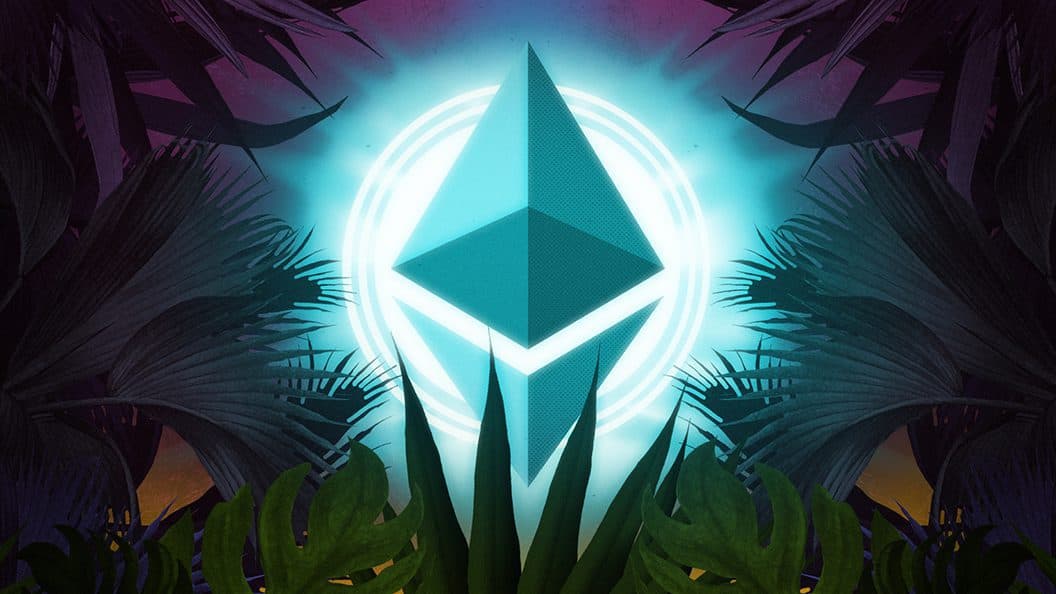The Merge Will Not Lower Ethereum Transaction Fees
Layer-2s keep gas fees in check, but an expanded ETH ecosystem may struggle to affordably process transactions

Blockworks exclusive art by Axel Rangel
- ETH transaction fees increase when price and transaction demand increase
- “Layer-2s are just a band-aid” for higher ETH gas fees, an industry CEO said
Even if Ethereum flawlessly executes its upcoming software upgrade, the protocol will still need to address its nagging problem with transaction fees.
Despite reaching a multi-year low, Ethereum’s transaction fees — known as gas fees in the Ethereum community — are still double those of Bitcoin and magnitudes more than the fees charged by competitors such as Solana.
In the complex world of Ethereum upgrades, the “Surge,” which will increase the blockchain’s scalability and lower gas fees, is at times conflated with the Merge, which will make Ethereum more energy efficient but will do little to control transaction costs.
The upcoming September Merge — the title given to Ethereum’s upcoming switch to a consensus mechanism powered by proof-of-stake — will rely on layer-2s to soak up users switching chains and curb gas fees. Ethereum’s more permanent update to lower gas fees will release next year at the earliest.
Ethereum’s gas fees incentivize validators to operate nodes and keep the blockchain live. Under a proof-of-work system, gas fees are paid to miners for processing transactions. In the forthcoming proof-of-stake system, gas fees will go to stakers for lending their ether (ETH) to the protocol.
The protocol’s gas fees vary based on the price of ETH and the number of transactions being processed on the network.
Gas fees tend to move in the same direction as ETH’s price, meaning that fees declined in 2022 — a small consolation to ETH holders.
The magnitude of gas fee changes depend on factors beyond price, though. The recent gas fee decline has outpaced ETH’s price slip in part because the cratering NFT market reduced demand for Ethereum settlement.
Layer-2s keep gas fees in check
For now, Ethereum is patching its gas fee problem with layer-2 rollups that compress transactions into batches before sending them to the pricey main layer. In practice, layer-2s such as Optimism and Arbitrum help lower the user-borne cost of Ethereum-based transactions.
“Layer-2s are just a band-aid for higher gas fees,” Howard Wu, CEO of Aleo, said. “They’re only as scalable as Ethereum’s throughput allows.”
Ethereum hopes to permanently lower gas fees on its main layer after the Merge through sharding, which would split the network into smaller pieces and distribute data settlement more efficiently. The Surge, as the transition to sharding is known, is slated to happen sometime in 2023, though that may be an optimistic estimate — the Merge has been delayed six times since 2017.
Gas fees appear to create room for more efficient layer-1s running smart contracts to steal market share from Ethereum, but Steven Paterson, CEO of crypto fund Margin Syndicate, does not believe Ethereum has reason to worry.
“People have gone on a limb and said, ‘Hey we’re going to build this more efficient blockchain,’ but it just doesn’t accrue value like Ethereum has,” Paterson told Blockworks.
Ethereum is betting the Merge will deflate token supply and drive up price. If ETH’s price rises while network demand surges once the proof-of-stake Beacon Chain takes over the network’s economic activity, Ethereum may experience swiftly rising gas fees and disgruntled investors.
Get the news in your inbox. Explore Blockworks newsletters:
- The Breakdown: Decoding crypto and the markets. Daily.
- 0xResearch: Alpha in your inbox. Think like an analyst.






